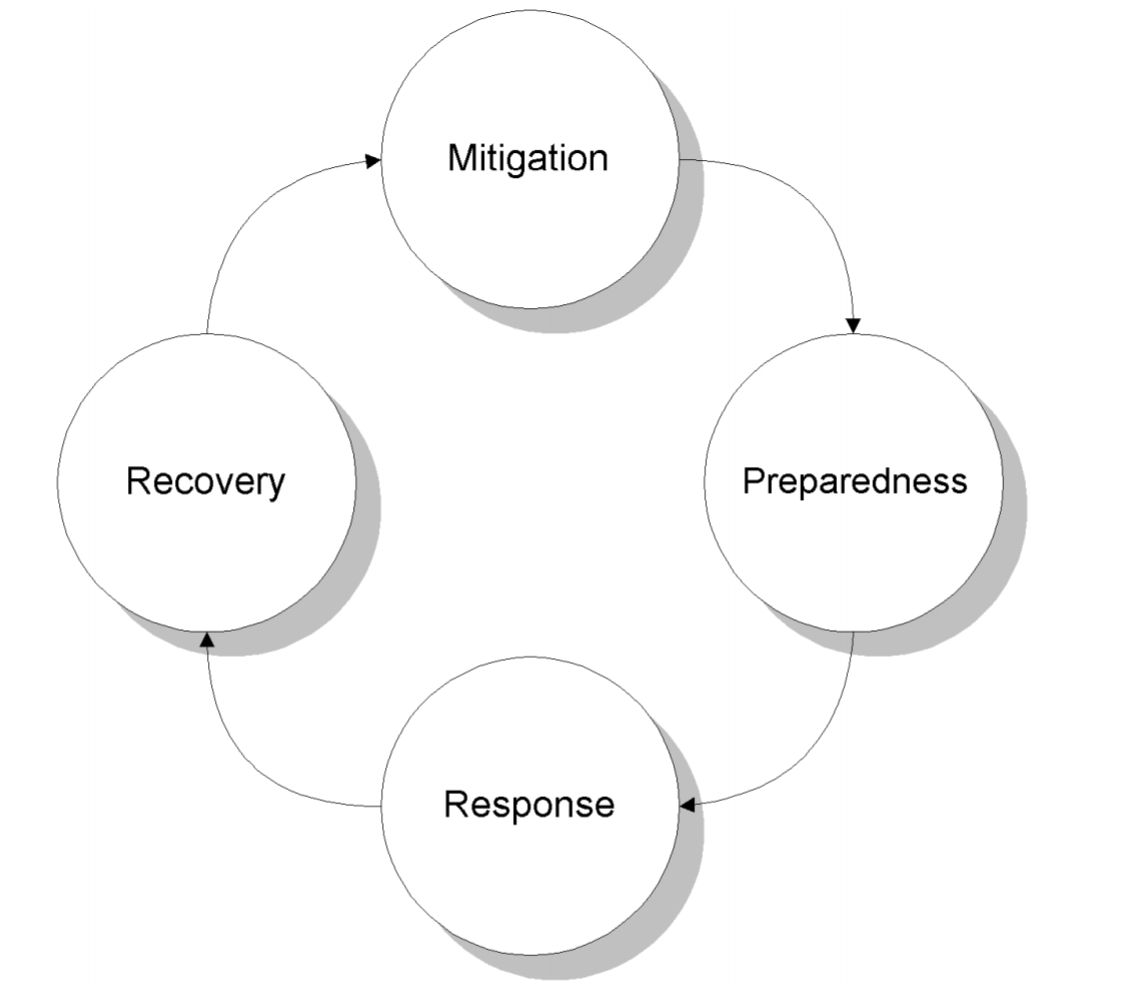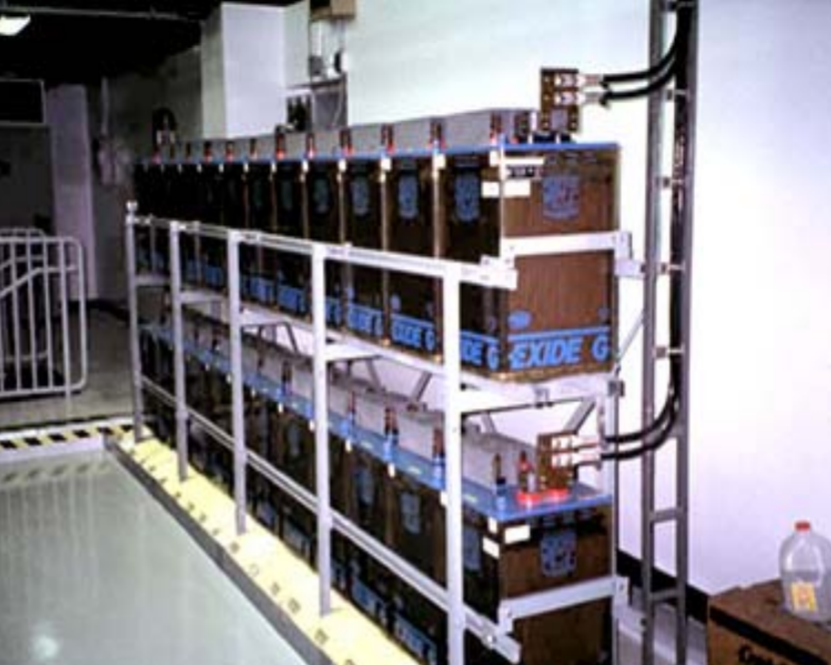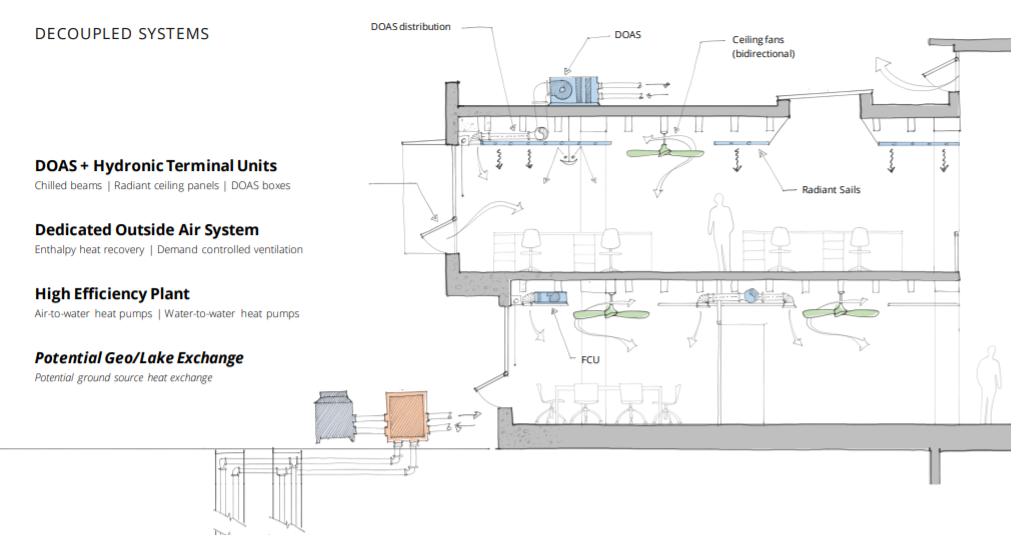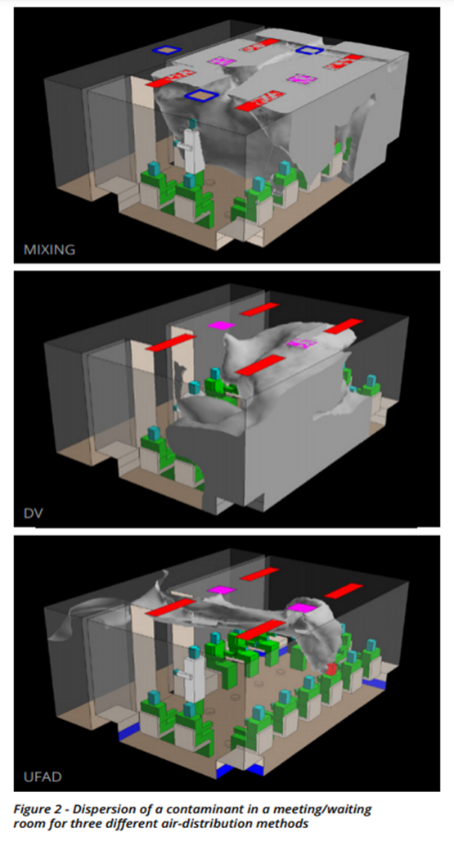Resiliency
Resilience is the ability to withstand adverse effects using available resources to mitigate events, respond and recover. As buildings and communities face increasing environmental and health threats, building owners and managers must ensure a resilient infrastructure for power, water and communications, as well as protection against infectious diseases.
A challenge is to identify levels of performance that may exceed current codes, which have traditionally assumed hazard levels based on historical data. This will require that ASHRAE recognizes the unprecedented threats of climate change as well as the now ever-present risk of pandemics, and the impact that these will have over the longer term on the built environment.
There are two areas where ASHRAE plays a role in advising the industry with respect to resiliency: First, at the new/retrofit design stage of a project, which must begin with an informed identification of risks and hazards, so that the necessary mitigation features will be incorporated; and secondly in the operation of the building, which must necessarily include a robust building emergency management program to ensure an effective response to hazardous events. The four universally accepted pillars of emergency management are Mitigation, Preparedness, Response and Recovery [1].

(Source: https://training.fema.gov/emiweb/downloads/is111_unit 4.pdf)
Tab 1. Preparing Mechanical Systems for Mitigation Against Climate Change
Since designing for “no damage under any circumstances” is not realistic, building owners must determine acceptable levels of damage and reduced functionality of building systems following an event. However, given the growing threats of climate change, there are minimum basic measures that building owners should be encouraged to adopt to prepare a building’s mechanical equipment to withstand earthquake, flood, high wind, extreme heat or power failure.
For example, provided the building structure is resilient, the impact of an earthquake or high wind can be mitigated by securing and anchoring the mechanical equipment safely to the structure. The flooding impact can be mitigated by placing mechanical or electrical equipment, including emergency generators and elevators above the potential flood level or in water-tight enclosures. At minimum, mitigation against power failure should include easy hook‐up for generators and a prioritization of equipment that needs to run on back‐up using batteries, fuel cells or local microgrids.
Several cities, such as Boston, New York and Washington D.C. now produced "Resilient Design Guidelines" with detailed strategies how to enhance resilience to extreme heat, flooding, and power outages.

(Battery storage Source: ASHRAE Vision 2030 Built Environment Subcommittee)
Tab 2. Adapting Mechanical Systems to Mitigate Against Pandemics
The new risk of life-threatening, highly contagious infections is also requiring a different approach to the design of mechanical systems such as: decoupling heating and cooling from ventilation; enhancing filtration; installing ultraviolet germicidal irradiation; and integrating natural ventilation – all the while recognizing the energy penalty that some of these measure may entail.
The first step is to decouple heating and cooling from ventilation as demonstrated in the new ASHRAE HQ.

(Decoupling of heating and cooling from ventilation in the new ASHRAE HQ Source: ASHRAE HQ)

Unlike ceiling mounted systems, displacement ventilation and underfloor air distribution (UFAD) systems minimize horizontal air currents thereby reducing the spread the virus. UFAD systems effectively create a discrete air zone per occupant. Similarly, chilled beams or radiant ceiling panels also create minimal airflow and therefore reduce the risk of increasing the horizontal travel of viruses and other microorganisms through the air.
Complementing the decoupling of heating and AC to ventilation, energy recovery devices will be critical to achieving the required air change rates and conserving energy.
>> (Source: Thoughtful Ventilation Design to Address Covid-19 Risks https://rwdi.com/assets/factsheets/RWDI-Insights-Thoughtful-Ventilation-design-to-address-COVID-19-risks.pdf)
Unfortunately, many of the new design measures will not be applicable to the thousands of buildings requiring retrofit and repurposing as a result of the new “post Covid-19 normal” and the demand for healthy and trusted buildings [2].
Improving filtration comes with an energy penalty and filter maintenance comes is an important aspect of operational preparedness. Similarly, the proper operation of energy recovery devices will be critical to achieving the required ventilation airflow rates.
Another measure to operationally mitigate against infection is to enhance filtration (which comes with an energy penalty) and filter maintenance.
Another possible line of defense is ultraviolet germicidal irradiation (UVGI), which uses short-wavelength UVC light to kill or deactivate microorganisms. However, this must be installed at high levels only and at a distance from people – which may not sufficiently clean the air in the breathing zone.
Natural ventilation using operable windows and night-time cooling are other resiliency measures - not only for infectious disease but for cooling in the event of power failure during a heat wave.
The next decade will bring critical challenges to the ASHRAE members with conflicting demands for both carbon neutral, climate emergency-ready and healthy and trusted buildings.
Visit Resilience Activities in ASHRAE
References
[1] Emergency Management in the United States https://training.fema.gov/emiweb/downloads/is111_unit%204.pdf
[2] ASHRAE Building readiness for COVID https://www.ashrae.org/technical-resources/building-readiness#ecip